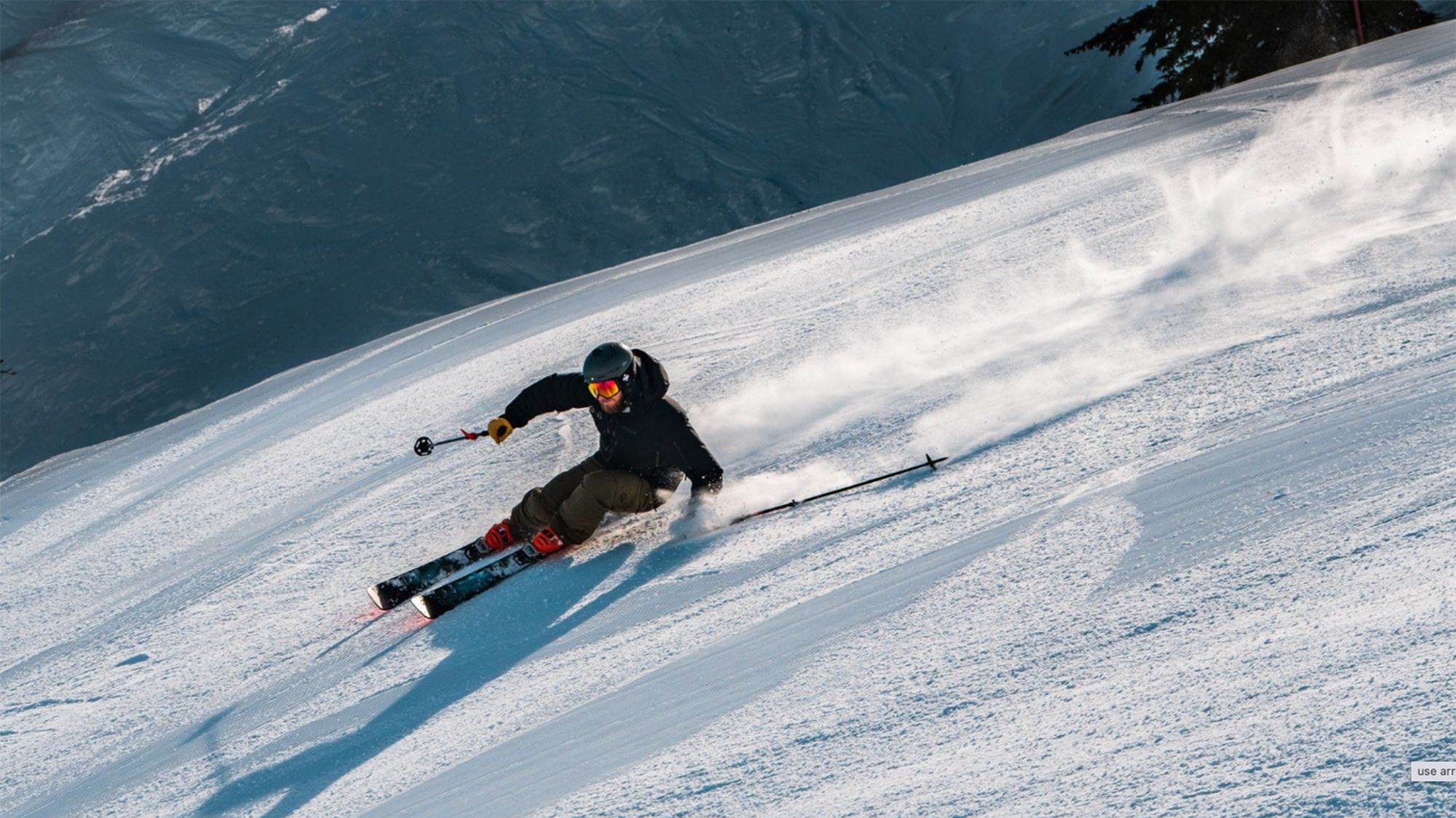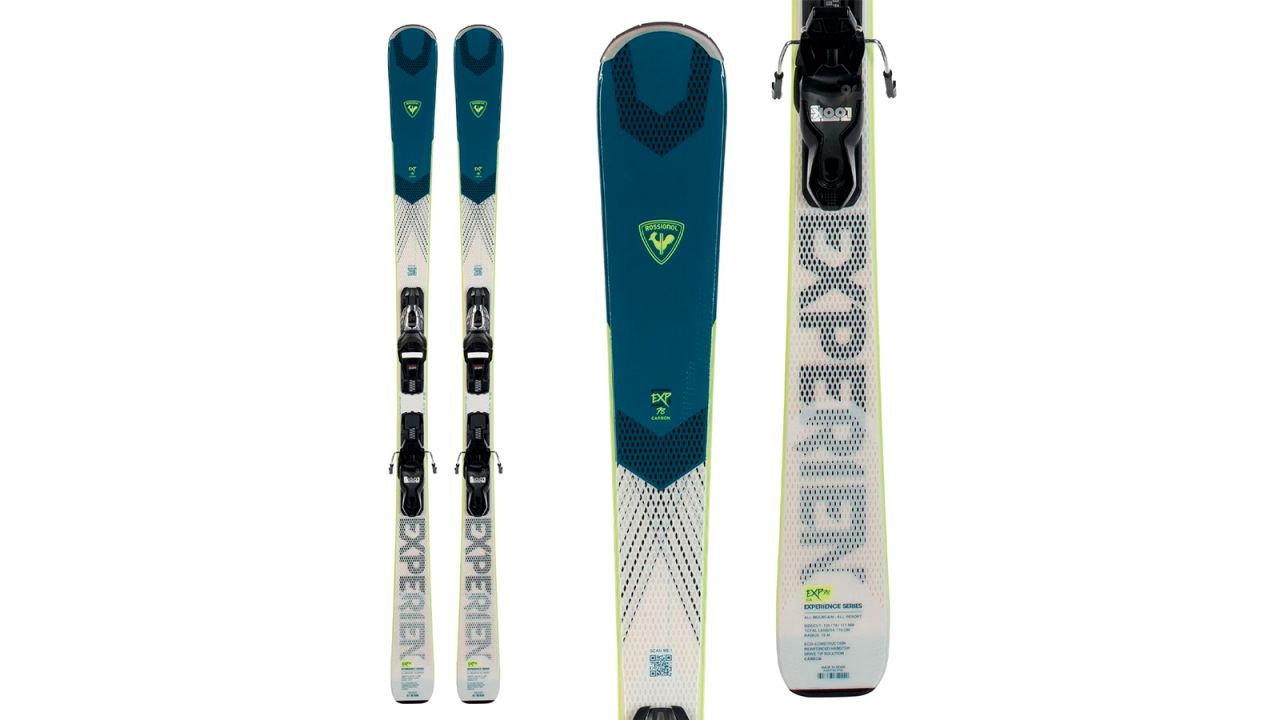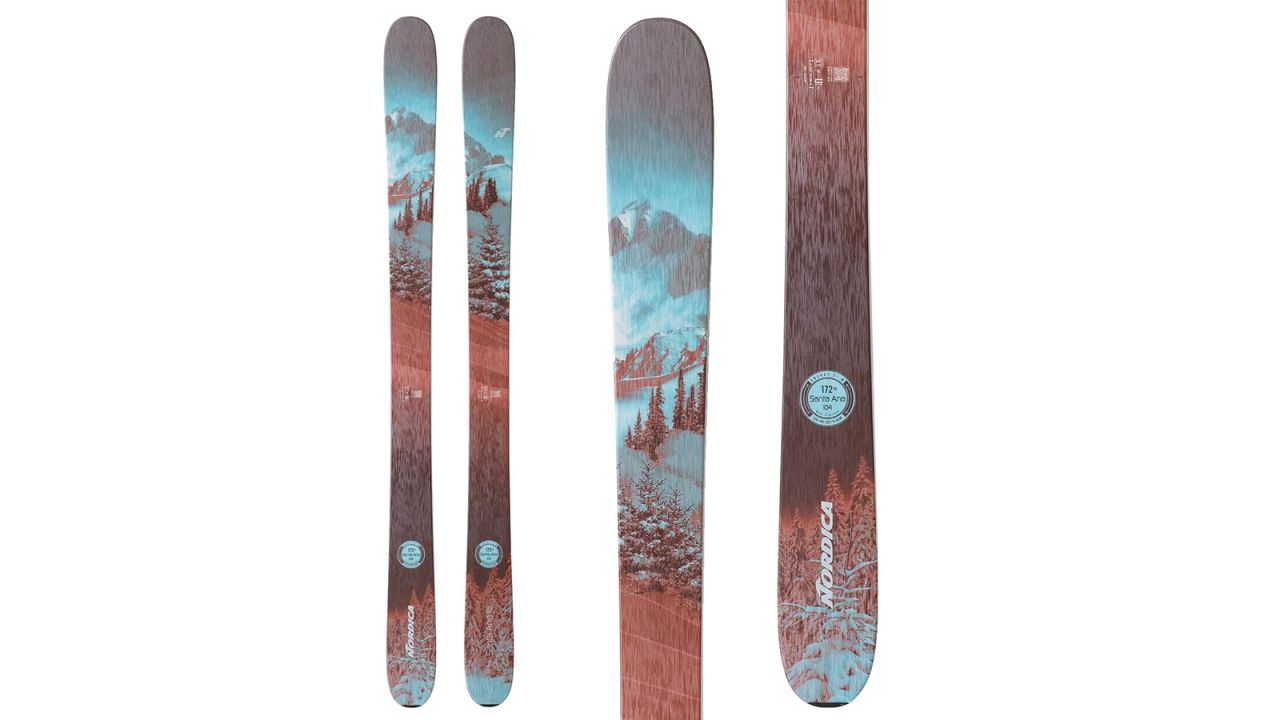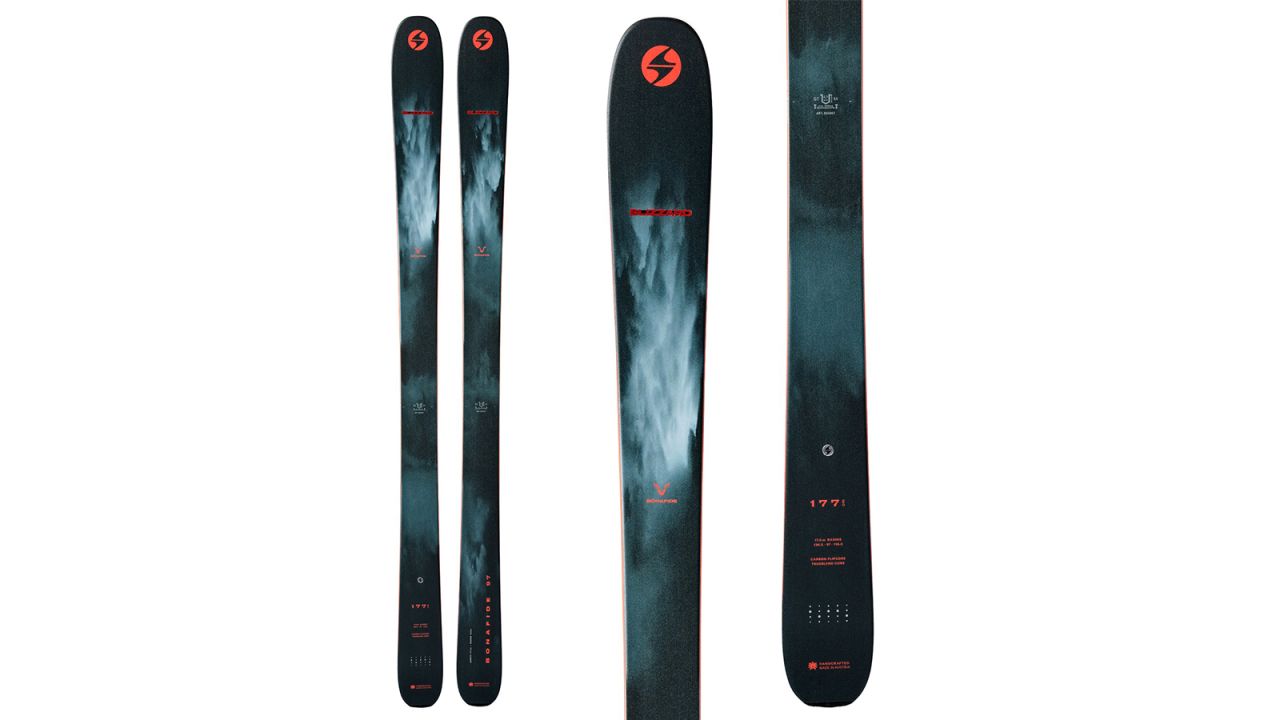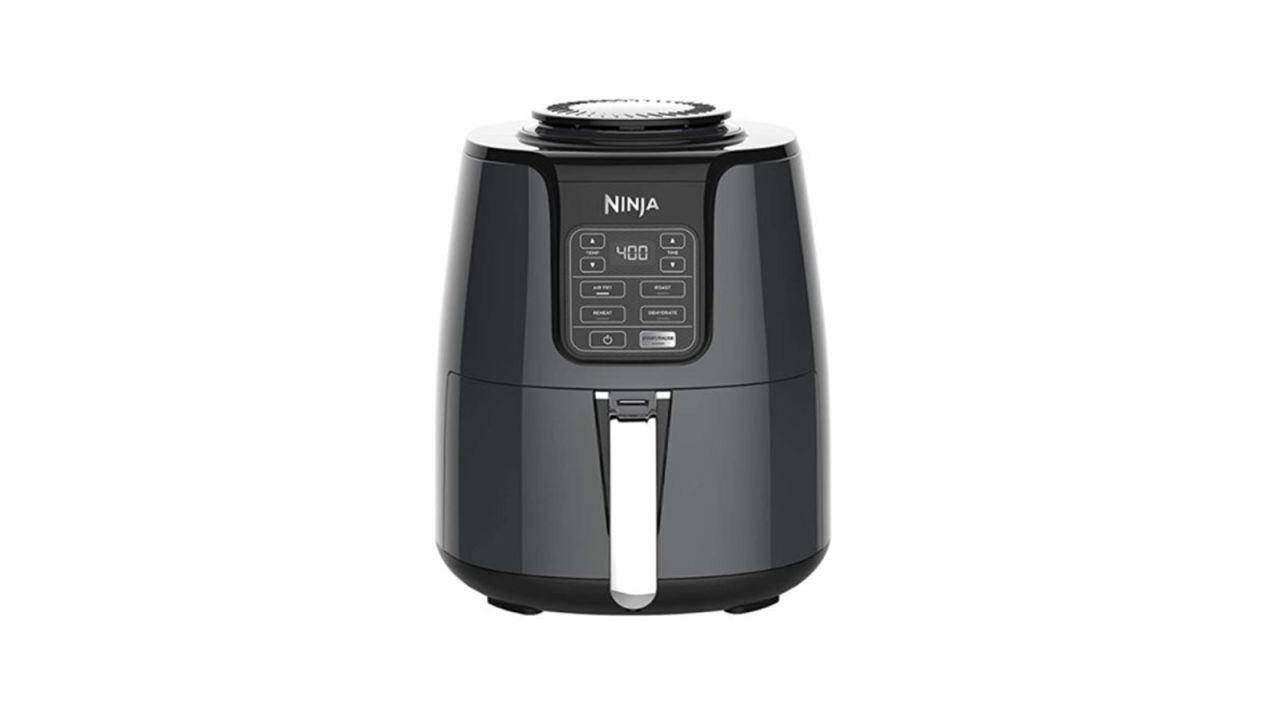If you’re anything like me, the end of summer marks a bittersweet jump on the barometer. I’m sad to see the sunshine-filled days bleed into early sunsets and chilly mornings. But then I remember: It’s almost ski season, baby.
As a local to the Roaring Fork Valley outside of Aspen, Colorado, skiing isn’t just any other activity. It’s literally what my family and I do all winter. We ski the resort on Saturdays and Sundays and get up early before work on Fridays to go uphilling before the chairlifts start to turn. If one of us has the gumption, we’ll don a headlamp and puffer jacket to head out for a full-moon ski tour on a random Tuesday evening. And if it’s an epic powder day, you better believe we’ll pull our kindergartener from school and head to the slopes for a family shred fest.
I spend a lot of time on skis because they bring me joy — and I know I’m not the only one. These days, there are skis designed for everyone, regardless of whether you ski on piste or off; carve corduroy or slay pillow drops; or whether you ski uphill or shred down. While it can get overwhelming hearing about all the new tech, there’s one thing to remember: It’s here for us.
“Modern gear allows me to do what I do in the mountains with a safety margin with which I’m comfortable,” says pro athlete Brody Leven.
In combination with our own personal experience, we connected with ski experts around the country to share their favorite skis with you. While we don’t believe there is one ski to rule them all, we’re pretty sure you’ll find a few to covet from this list.
Best resort skis for beginner and intermediate skiers
If you’re relatively new to the sport of skiing, the last thing you want is a ski that controls you, rather than the other way around. True beginners need a softer ski with lots of flex. This means the ends of the ski are more likely to “bounce” out of the snow and release the metal sides, making it less likely for you to catch an edge. As you improve, you’ll want stiffer skis since those hold edges better, which is needed when carving down a hillside at higher speeds. Beginner and intermediate skiers will also want a slightly thinner ski at the waist (the area beneath your ski boot) and a much shorter length. As your skills increase, it’ll be easy to “drive” a wider and longer ski.
Pro tip: If you’re a beginner who is already interested in the sport, it often doesn’t make sense to buy a basic beginner ski that you will grow out of in one season. For that reason, most of the skis on this list aren’t true beginner skis — but they do have the versatility that will see emerging skiers through various stages as they improve.
Perhaps the only true beginner ski on this list, the Experience 78 is lightweight and easy to turn so first-timers won’t feel as awkward working on their “pizza.” These skis are narrow underfoot — they have a 78-millimeter waist — so they give beginners a lot of confidence in those early days. But it comes with a trade-off, as skinny skis don’t do well once you venture off the groomed corduroy. Bonus: It comes with bindings too, making it an all-inclusive purchase.
I’ve skied the women's-specific Santa Ana ski for the past few years and I love it for its versatility. It doesn’t matter if you’re a professional bombing down the slopes or a mom chasing her kiddo like me; it has something for everyone at any time and anywhere. To be clear, it’s more intermediate than beginner. But it feels good underfoot and is fairly easy to get on an edge, making it easier for intermediate skiers to level-up their abilities (and it will continue to support them as they grow). It’s not as playful as some skis but it shows a lot of support in tight corners. That beautiful topsheet doesn’t hurt either.
Pro athlete Caroline Gleich has skied all over the world, and her ski of choice is clear: the Ripstick 94W (or 96 for men). “If you’re an intermediate [skier] and wanting to progress or already an expert skier, you’ll love it,” Gleich says. “It’s playful, hard-charging and adapts to a variety of conditions.” The Ripstick is known for its sharp edging on quick turns and steep terrain, and it floats like a dream in powder fields (which is why Gleich takes it with her at resorts and the backcountry).
Best resort skis for advanced skiers
Advanced skiers are usually moving faster and cruising down steeper terrain, so they will typically have longer skis that are comfortable carving at high speeds. They will also be stiffer than beginner skis so that the metal edges really dig into those steep slopes. Advanced skiers are also more likely to bop around the mountain and off the groomed terrain, so they may need a wider ski that will have better float on top of powder or other variable terrain.
It’s a popular claim for skis of this width, but the Bonafide 97s may actually complete your one-ski quiver. “These are excellent for carving and can handle moguls and powder with ease,” says Sam Weintraub, founder of Peak Rankings. “They’re also great for picking up speed while staying stable.” Thanks to high-density wood strips in the core, the Bonafides have just enough flex to keep experienced skiers on the move.
Salomon’s QST series has become a venerable classic since its inception in 2016 (I’ve had the QST Stellas since 2021 and they’re still a favorite). But for rippers wanting the unisex version, you can do no wrong with the QST 106. “The mid-fat design is ideal as an all-mountain ski, and it can handle the groomers, trees, steeps and powder,” says outdoor journalist and gear expert Brian Metzler. Ski patrolman and backcountry guide Wes Shirey agrees: “It really is the quiver killer. I can arc turns on corduroy or slay trenches in deep Utah pow.”
We’ve included a lot of all-mountain skis on this list since most skiers are searching for the elusive one-ski quiver. With its 105mm waist, the Sakana falls decidedly into that category — with a special flair for carving up the corduroy. “The Sakanas cut effortlessly through crud as it surfs mythical thigh-high powder days in Colorado,” says OS1st endurance athlete Ilana Jesse. “I originally mounted these [with bindings] as a ‘just in case’ backcountry setup, but they became my first choice ski for human powered and lift-accessed skiing.”
Snappy, playful and oh-so-smooth. That’s the idea behind the aptly-named Playmaker, a ski Elan launched last season that takes some DNA cues from its predecessor, the Ripstick (above). “These are super stable for carving but also have enough surface area to be very playful in the powder,” says Dan Kansteiner, ski enthusiast and hard goods buyer for Christy Sports. He notes that a mixture of longitudinal softness but torsional stiffness adds to the playful effect.
Out with the Pagoda and in with the Kaizen. Handmade in the United States, the new Kaizen replaces DPS’s Pagoda series with solid results. The 105 takes on a completely new directional shape with a touch less rocker (slightly less lift on the tail and tip) and fewer ounces. Thanks to a core of ash and poplar wood, a little bit of carbon fiber magic and a new glue with anti-vibration properties, the Kaizen is a fun and playful ski that charges anywhere you want to take it on the mountain.
The entire Stormrider line gets a refresh this year, but the 95 is the talk of the (ski) town. Stockli pairs a balsa wood core with two sheets of Titanal (an aluminum alloy) to get a solid ski that feels dang good underfoot, regardless of whether you’re skiing chop, crud, powder or bumps. The revised geometry puts skiers a bit more forward, which means they can put more pressure on the front of the ski and have more control and agility in tight terrain. The Stormriders aren’t cheap, but they will make a lot of skiers happy.
Best skis for backcountry skiing
Backcountry skiers have a lot to consider when they hit the hill. Instead of catching a chairlift, they are “earning their turns” by skiing up the mountains before descending. Often times, this means they will only nab one (epic) ski run of the day. Because of this, it’s important that backcountry skis are good at going up and down. They need to be light enough that they don’t weigh a skier down on the climb and tire them out. But, the skis also need to be solid and stable enough to power through the variable, ungroomed terrain found in the backcountry. It depends on the terrain you’re skiing, but in general, backcountry skis tend to be wider underfoot than traditional resort skis. For most folks venturing into the backcountry for the first time, it’s a good idea to look at skis ranging from 90-115 millimeters underfoot.
If you’re a skier like Leven and truly want one ski to do it all, take a look at the newly overhauled Fischer Transalp 98 CTI. “Having stacks of skis is tougher on the environment and more forgiving on the skier. Instead, I like to find a ski that performs great for me in all conditions and lasts a long time,” Leven says. “It’s the pair of skis I grab every day — extremely deep snow or wildly steep terrain.” These backcountry beauties are light enough for the climbs on the singletrack but still stable on choppy terrain thanks to a decent amount of metal underfoot that cuts through the junk.
If earning your turns is your thing, take a look at the backcountry-specific HyperCharger. Weight matters when you’re slogging uphill and the HyperChargers feel like feathers underfoot. But the minimal heft doesn’t sacrifice performance. Thanks to an upturned curve on the front tip and ample width, you’ll be floating through face shots all day. “These are my one-quiver ski for touring in the Rockies,” says Colorado skier and local Aspen legend Ann Driggers. “It’s the perfect balance of lightweight for the uphill and strong downhill performance.”
I coveted these backcountry-specific skis for a full two years before my husband surprised me on Christmas. The Pagoda Tour is a bit bougie but you get quality craftsmanship with minimal weight on the climb and smooth, arcing turns for the descent. Built with paulownia (a hardwood) and thin ash strips, DPS uses aerospace foam to further lighten these skis. It performs best on soft snow, but I take it anywhere. The Pagoda Tour is ideal for avid skiers since the occasional jaunt outside may not justify the cost.
